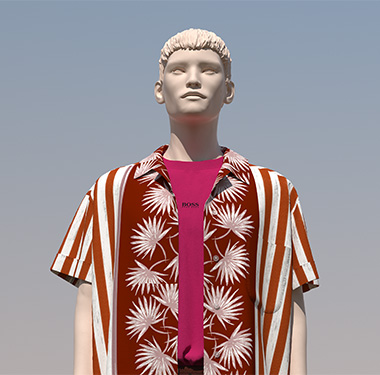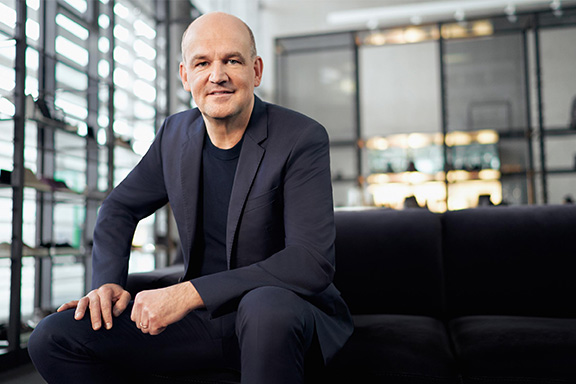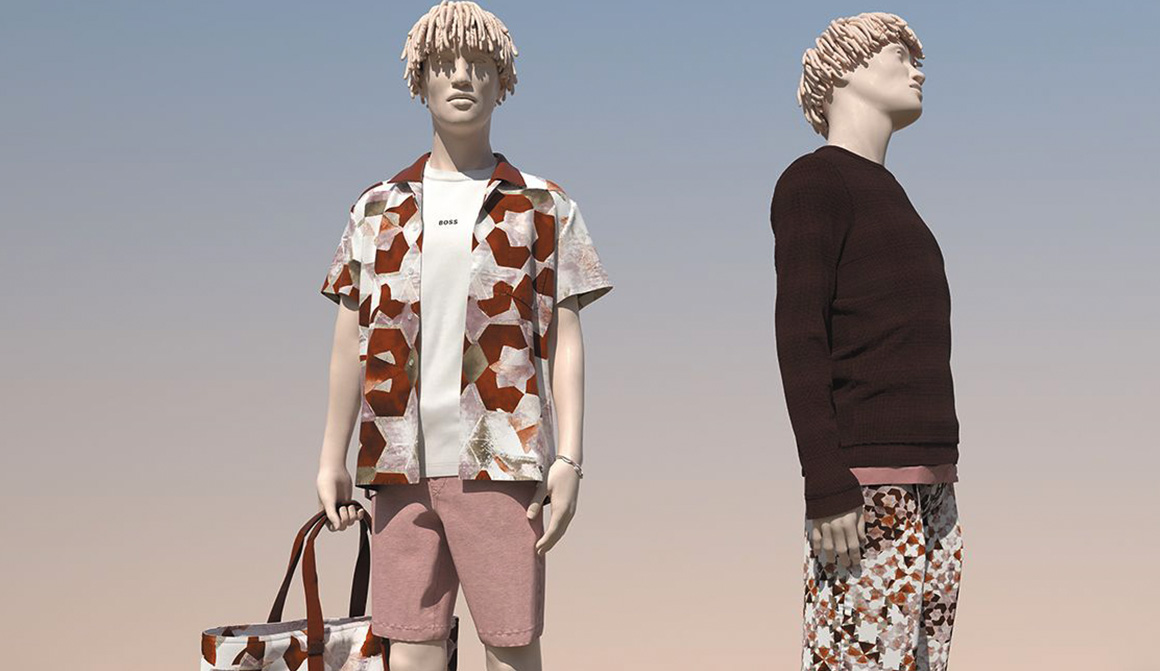
From sketch to sale: collection development goes digital
Julia sits at her desk, sketching ideas for the new-season collection. Within minutes, she has a 3D model on screen, which she can adjust with a few simple clicks – experimenting with silhouette and proportion, color and cut, and a variety of different materials. Working quickly and instinctively, she compares the texture, drape, and structure of various fabrics while adjusting the lighting conditions.
This is not a fantasy – it is already reality for a major part of the collection development for our BOSS and HUGO brands today. The days of creating and transporting physical prototypes and samples are numbered, as a new digital era arrives – one defined by speed, flexibility, cost efficiency, and sustainability.
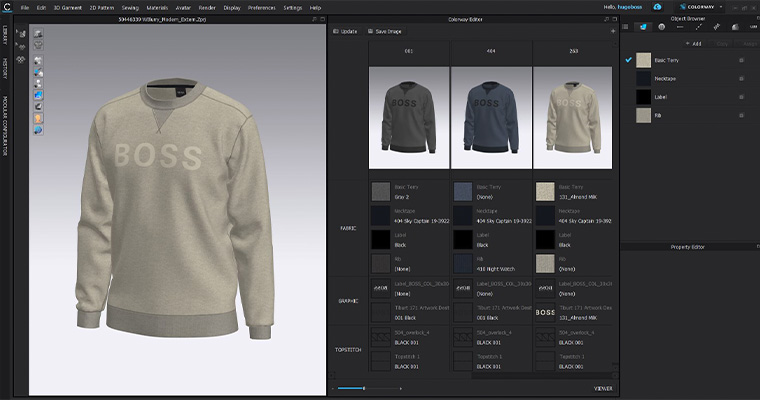
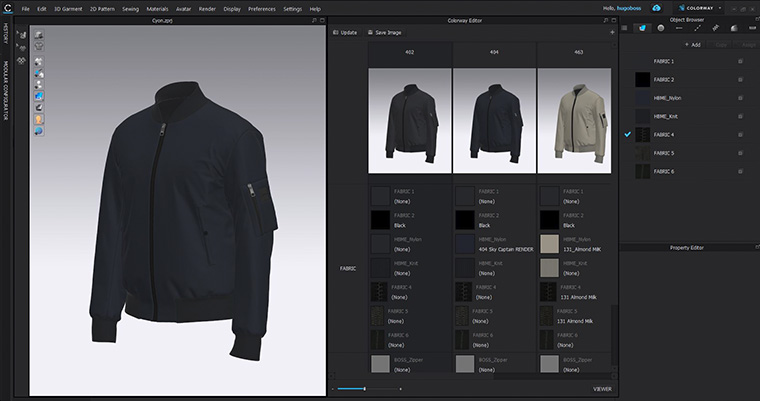
A new milestone
Every single product in our BOSS Menswear casualwear collection for Pre-Fall 2021 – not only apparel, but also footwear and accessories – has been digitally developed from start to finish. It’s a significant step in the digital transformation of our processes, as we seek to develop 80% of our collections this way by 2022.
Back in 2013, we began exploring the potential of 3D technology at our Metzingen headquarters. In 2017, our project “Mission 3D” was launched to formalize the transition to a digital model. Today, our design and product development teams are working digitally on a daily basis, using 3D technology to create samples and prototypes.
Once a collection is final, avatars present the new designs to our global wholesale partners in a digital lookbook and through our digital showroom. Our expert teams use advanced technology to ensure that the images are highly realistic, even when using materials like denim and leather, which are more challenging to render digitally.

Speed and sustainability
The full process, from sketch to sales, takes just 6–8 weeks, compared to 6 months of collection development using a traditional model. This allows us to respond more quickly to emerging trends and cater more effectively to our customers’ needs.
The sustainability benefits are also significant in terms of reduced waste and CO2 emissions. Time-consuming and environmentally impactful shipping of hundreds of physical samples is a thing of the past.
In just a few years, many of our processes have been transformed. It is an exciting journey, and one we are looking forward to continuing – into the next year and well beyond.
